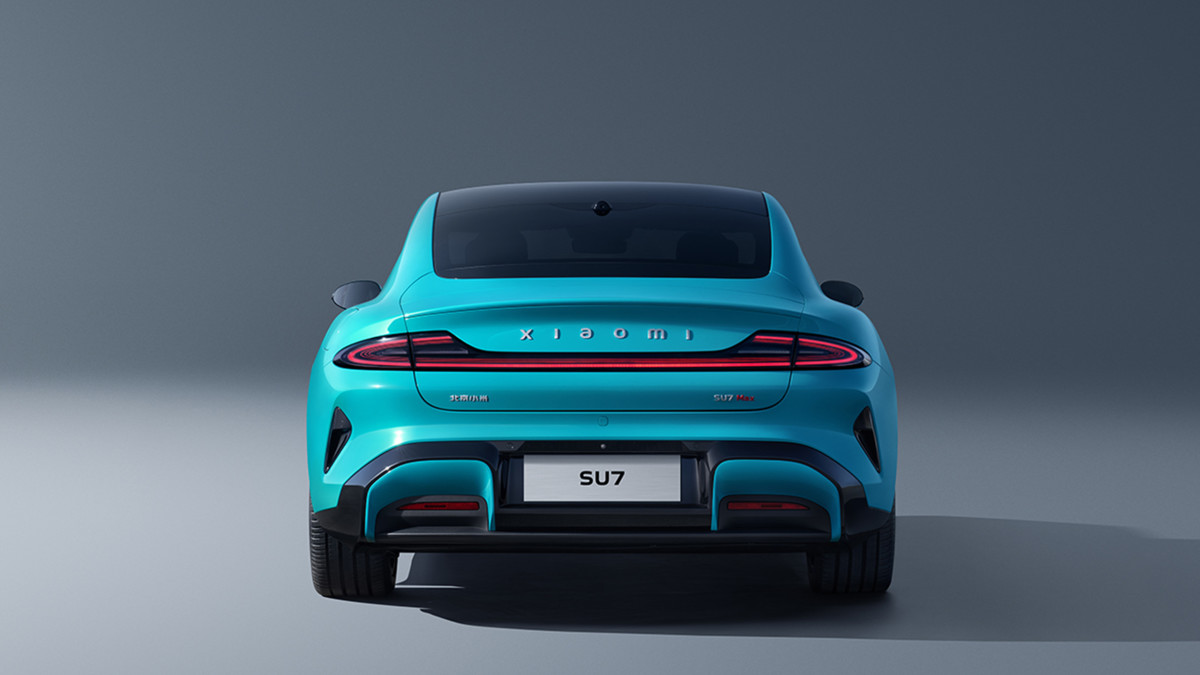Google has released a new update to its Veo AI video generation model that should make it do a better job of sticking to prompts and converting images into videos. Veo 3.1 is available to try today through Google’s Gemini API and is now also powering the company’s Flow video editor.
Veo 3.1 builds on the new capabilities Google introduced with launch of Veo 3 at Google I/O 2025. The new model offers better "prompt adherence," according to Google, and should have an easier time creating videos based on the image "ingredients" you upload alongside your written prompt. Veo 3.1 also makes it possible to convert images to video and generate audio at the same time, a capability that wasn’t available with Veo 3.
In Flow, Veo 3.1 supports at least a new feature that gives you finer control over the videos you generate. With what Google calls "Frame to Video," Flow lets you upload a first and last frame, and then generates the video in-between. Adobe Firefly, which is powered by Veo 3, offers a similar feature, but Flow will be able to pull it off and create audio at the same time. Those added audio skills will also apply to the video editor’s ability to extend clips and insert objects into existing footage, too.
Based on the samples Google’s shared, videos generated with Veo 3.1 still have an uncanny quality that seems to vary greatly depending on the prompt and subject. Even if it’s missing some of the realism of OpenAI’s Sora 2, though, the company’s decision to try and make Veo more useful to people who actually work with video rather than a source of social media spam is a welcome move.
This article originally appeared on Engadget at https://ift.tt/kc14I53
via Engadget http://www.engadget.com
October 15, 2025 at 05:17PM




